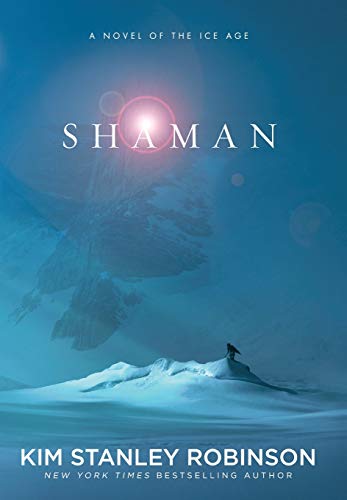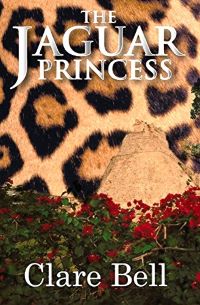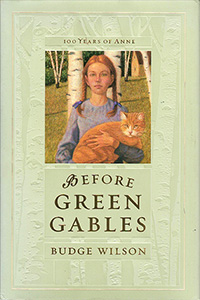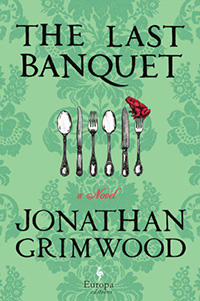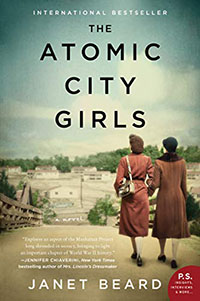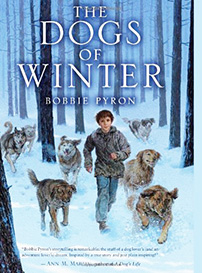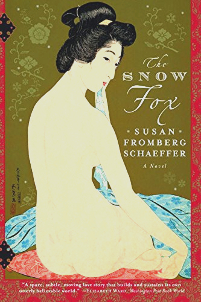I lack the mental finesse right now to write about this without probably giving quite a few SPOILERS– you’ve been forewarned!
I find it a shame that this book isn’t better known. I found it much more engaging than Cry, the Beloved Country– it even had me laughing at parts. And it’s not a happy or amusing story! It’s a tragic love story, but presented and unraveled in a way I did not at all expect. Set deep in South Africa’s time of apartheid, when interracial relationships were considered a crime- and that doesn’t just mean marriage or having children together. It meant no white person could ever be seen touching a black woman, or deep suspicion would be cast upon him (there’s one vivid scene where a white man runs to help at a car crash. The driver falls out of the door into his arms- and because she’s a native, he recoils so automatically he drops her on the ground!) There were other prejudices rampant through this society- most of the Afrikaners were deeply religious, such that they only had a Bible to read in their house, and they all went to church on Sunday (the road leading to that building was the only one in town that got paved, to keep down the dust on worship days. Every other street was dirt). The few white people who didn’t go to church, were socially shunned.
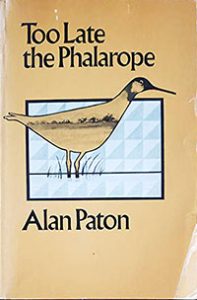
But this story is about one family in particular: about a fine young man, admired in the community and working for the government no less. And how his family was always a bit troubled by his “softer” side- his father found his interest in stamp-collecting rather contemptible, for example. His mother worried over his sensitivity- though he could be just as stern as any when a situation required it (having served honorably in the military earlier on). The problem arises when this young man becomes involved in the life of a black girl who struggles to get by. She can never seem to hold down a job so resorts to making and selling illegal liquor, and gets thrown into prison for it repeatedly, until the situation is so messed up that her child is taken away. I could never ascertain if the child was his child- this kid was “kept” at some far location the girl would just visit from time to time, which made it seem to me she didn’t care so much about it (we’re never told if it’s a boy or girl) even though she passionately resisted anyone’s suggestion it would benefit from living in someone else’s more stable household. I really thought she kept the child hidden away because it was mixed race and anyone who saw it would instantly know what she’d done. I thought she was going to pull this as a trump card against our protagonist. But that never happened. She did kind of hold her relationship with the main character as a threat over his head the whole time, to get help when she was in financial trouble. However the final key that made everything fall down, that ruined his entire family’s reputation, was something much more subtle and unexpected, that she pulled out at the last minute proving that yes, indeed, they’d had an illicit tryst.
It is told so artfully, everything that’s of real importance to our character seems to happen hidden in the background, only slowly coming to light- probably because of course that’s how he had to keep things. It makes the reader wonder too for a while. I have to say, I found something a bit frustrating and annoying- it was difficult for me to keep straight who was who, and if they were friends or relatives, and what exactly that relationship. It’s all told obliquely, from the viewpoint of the aunt reminiscing about what happened (also using some letters and a kind of confession journal, to give the protagonist’s actual thoughts for certain moments). Who and how-related all the people are isn’t really pointed out to the reader- the narrative will just say something along the lines of so-and-so showed up and we did this and I’m puzzling over: is that her neighbor, her cousin or what? I admit it could just be my still-muddled head (I’ve been unwell, with gradual improvement now) that I missed some introductions or cues, but it also starkly reminded me of a place I used to work at in college.
Diversion! this woman who hired me had a home office from which she conducted business for numerous local organizations- I think quite a few were volunteer or non-profit, can’t really recall. My job was simple at first: sort the mail, file papers, take phone messages, etc. But her previous employee for this job had been a young man who grew up alongside the family- he was either the son of a long-standing friend of hers, or a nephew (also can’t quite recall that). So that guy had known who all these people were that my employer interacted with, in all her various organizations. I had no clue. I didn’t know who did what, or who knew who, or how they were related to her if at all. And she never explained them to me but would get exasperated when I made mistakes because I didn’t know these identities and relationships. And it really bugged me that she took it for granted all those years that the other guy automatically knew this stuff, so never bothered to inform me, just thought I’d pick it up automatically? Well, I never managed to, really. So that job didn’t last more than a few months (she would have kept me on, but I got tired of dealing with it) — memory rant over — !
While it is very different from both, this book reminded me a lot of Joyce Cary’s Mister Johnson, because of the writing style, the setting and the culture, the one native character that can’t seem to fathom what he is repeatedly doing to make ends meet is criminally wrong by the standards of the white people who have colonial rule. In a completely different way, it also made me think of One-Eyed Cat, because of how exquisitely it detailed the inner turmoil of someone who has a very troublesome or even dangerous secret, and is full of dread and suspicion about who might know, and misinterprets the comments and actions of those around him based on his guess of if they know or not- but he can never ask because if they don’t already know, it exposes everything!
Lastly I want to say (this is getting too long for sure) how much I enjoyed the scenes about stamp-collecting, because my husband has a huge stamp collection he inherited from his grandfather, which I’ve seen parts of, and heard much about- so there was familiarity in the details: I knew what ‘triangulars’ were, and how the absurdities of errors in printing drove up a stamp’s value, and about the ones treasured because they were printed for countries that no longer exist, or have changed names, or something like that. Quite a few of these scenes made me laugh out loud just in recognition, and I read some to my husband, he found them just as delightful. It was also nice that I continually went to him asking what does this name mean? because there were so many ridiculously long place names that obviously meant something in Afrikaans and he was happy to explain them to me, and frequently the place name actually had a symbolic or ironic meaning within the story, which I thoroughly enjoyed. There is a short glossary in the back of the book that defines a lot of the foreign words used in the narrative, but not all are there, so I wrote a bunch down and made my own pencil notes in the margins.
And the phalarope? it’s a shorebird, that is sometimes but not often seen in a certain locale- the character and his father do a bit of bird-watching at one point, and often remark on it. There’s this whole thing about a huge gorgeously printed bird book this is however full of errors because it was made by an Englishman who apparently didn’t know the local birdlife too well at all. It’s the father’s thing, birdwatching, and it had a whole other symbolic layer in the narrative as well. Which I’m not quite sure I pick up on all of that, but this novel is definitely staying on my shelf for future re-reads.
